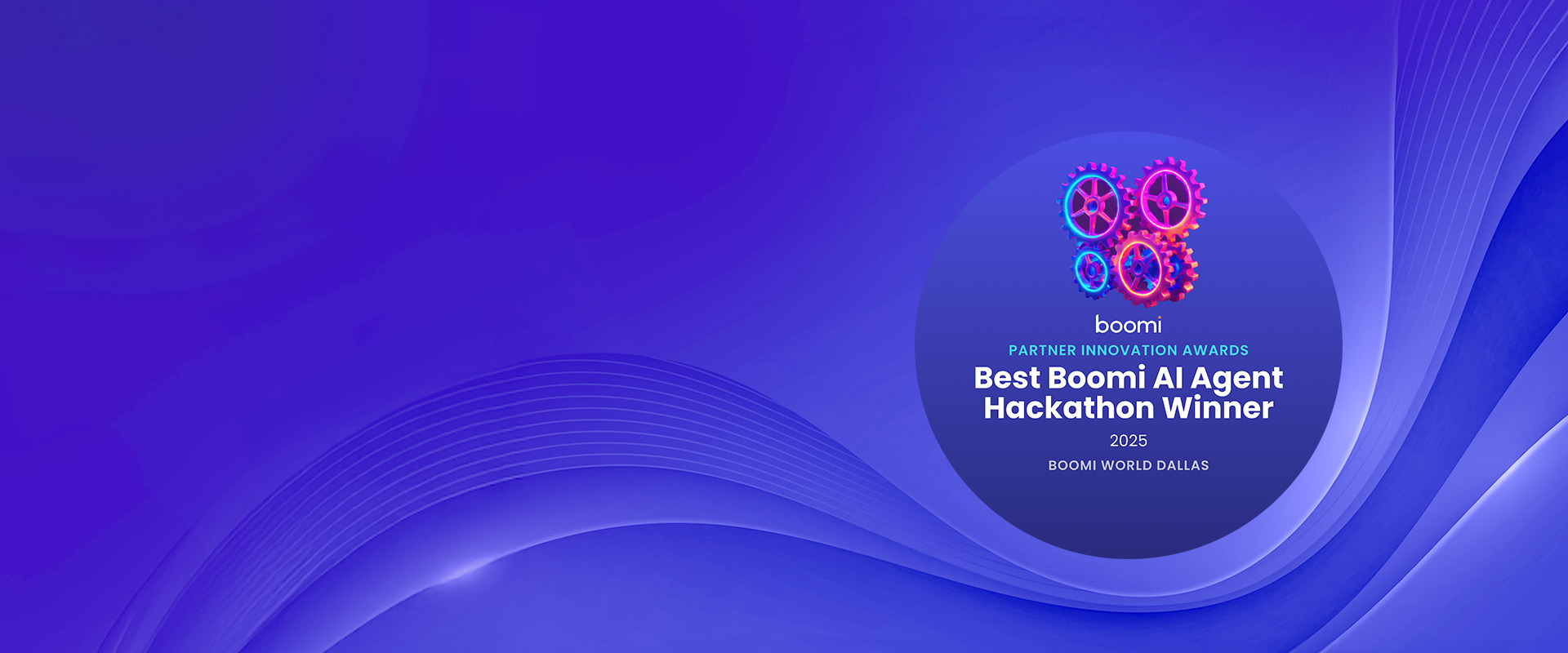Data integration has become increasingly crucial for businesses that combine data from multiple sources to make informed decisions. As the volume and variety of data grows unprecedentedly, it has become increasingly challenging for companies to manage and make sense of all their data. New data integration technologies and trends have emerged to address the need for seamless data connectivity and valuable insights, promising increased efficiency, accuracy, and cost-effectiveness. In this blog post, we'll explore some of these emerging trends that are likely to shape the future of the field and help businesses stay ahead of the competition.
Emerging Data Integration Trends
1. Cloud-Based Data Integration
One of the most significant emerging trends in data integration is the growing popularity of cloud-based data integration solutions. With cloud-based integration, organizations can integrate data from various sources, regardless of where the data resides. Cloud-based data integration offers the advantage of quickly scaling up or down as needed, reducing the time and costs associated with hardware-based solutions. Cloud-based integration solutions are becoming increasingly popular due to their ability to offer agility and scalability.
For example, iPaaS, like Boomi Atmosphere, provides a cloud-based integration platform that connects various applications and systems to offer a unified data view. This solution enables businesses to integrate data quickly and easily from different sources and automate processes.
Benefits of Cloud-based Integration
- Scalability: Cloud-based integration can quickly scale to accommodate business needs and data volume changes.
- Cost-effectiveness: Cloud-based integration eliminates the need for expensive hardware and infrastructure, reducing costs.
- Flexibility: Cloud-based integration allows for flexibility in deployment, enabling businesses to adapt to changing needs quickly.
- Real-time data access: Cloud-based integration can provide real-time access to data from multiple sources, enabling businesses to make informed decisions faster.
- Improved collaboration: Cloud-based integration can facilitate collaboration between teams, allowing for seamless data sharing and improved communication.
- Reduced maintenance: Cloud-based integration eliminates the need for on-premises software maintenance, freeing up IT resources.
- Security: Cloud-based integration providers offer robust security measures and compliance standards to ensure data safety.
2. Big Data Integration
Another emerging trend in data integration is the integration of big data. As businesses generate more data than ever before, there is a need to integrate, process, and analyze this data to drive business insights. Big data integration solutions require a new approach, as more than traditional data integration methods are required for processing and analyzing large volumes of data.
Solutions such as Apache, Hadoop, Spark, and Kafka are gaining popularity due to their ability to process big data effectively. These solutions allow organizations to process data from various sources, including social media, IoT devices, and other unstructured data sources. This enables businesses to gain insights and make data-driven decisions.
3. AI-Powered Integration
As the demand for more efficient and accurate data integration grows, Artificial Intelligence (AI) is emerging as a popular solution. Using AI in data integration can help businesses make their work easier and faster to stay ahead of competitors. AI-powered integration solutions can automatically map data elements, identify data quality issues, and suggest transformation rules. This allows businesses to automate manual processes, reduce errors, and speed up integration.
Machine learning algorithms can also help identify patterns and relationships in data, leading to deeper insights and better decision-making. Boomi's AI-powered integration platform uses machine learning algorithms to help automate the integration process. The platform automatically identifies data elements, suggests transformation rules, and maps data between systems.
4. Data Virtualization
Data virtualization is another emerging trend in data integration. It enables businesses to create a unified view of their data without moving or copying data from various sources into a single repository. Data virtualization can help companies to reduce the time and costs associated with traditional data integration methods.
Data virtualization solutions like Denodo enable organizations to access real-time data and make decisions based on the most up-to-date information. For example, a retailer could use data virtualization to provide a single view of customer data from various systems, including point-of-sale, online shopping carts, and customer service systems.
5. Self-Service Integration
Self-service integration is another emerging trend in data integration. It enables business users to create and manage integrations without IT intervention. Self-service integration solutions like SnapLogic allow business users to access and integrate data independently, reducing the burden on IT teams. Self-service integration tools are becoming popular due to their ease of use and ability to reduce the time and costs associated with traditional data integration methods.
For example, a marketing team could use self-service integration tools to create an integration between their marketing automation platform and their CRM system without requiring assistance from the IT department.
Summary
Data integration is a necessary process that helps businesses make sense of large amounts of data generated across different sources. Emerging trends such as cloud-based integration, extensive data integration, AI-powered integration, data virtualization, and self-service integration are transforming how organizations manage and leverage their data.
Companies that leverage these emerging trends in data integration are likely to gain a competitive edge by unlocking new insights, improving decision-making, and enhancing overall business performance.
Discover the power of data integration with Jade’s advanced solutions. Contact us to learn how we can elevate your business.













